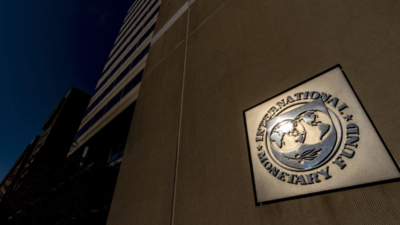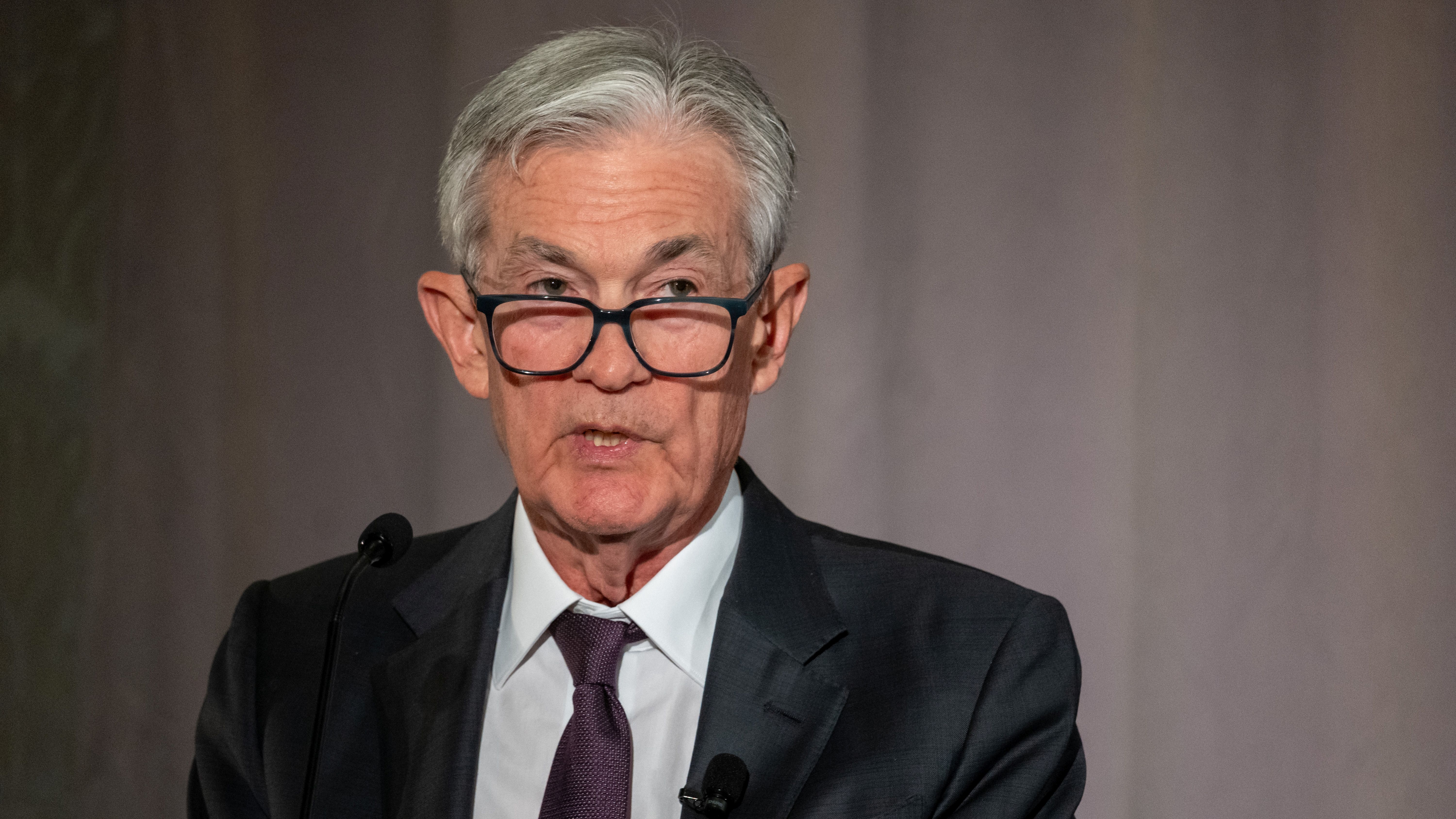RBI Lowers GDP Growth Projections Amid Global Economic Uncertainties

The Reserve Bank of India (RBI) has recently revised its Gross Domestic Product (GDP) growth forecasts for the fiscal year 2025-26, adjusting the figure downward from an earlier projection of 6.7% to a new estimate of 6.5%. This decision reflects the RBI's response to a range of global economic uncertainties that have emerged in recent times.
In a press conference, RBI Governor Sanjay Malhotra, while addressing the media, humorously noted, âIâm Sanjay, but I'm not the Sanjay of Mahabharata,â indicating the unpredictable nature of economic forecasting amidst fluctuating global conditions.
On Wednesday, the RBIâs Monetary Policy Committee (MPC) convened and decided to cut the repo rate by 25 basis points, bringing it down to 6.5%. This marks the second rate cut within the calendar year, and notably, the RBI has shifted its policy stance from neutral to accommodative. An accommodative stance implies that the central bank is likely to maintain current rates or potentially lower them in future policy reviews, which is a significant shift aimed at fostering economic growth.
When asked whether the RBI would need to take on more responsibilities in light of the current global economic environment, Malhotra emphasized that it is a collective effort. He pointed out that the government has already implemented various measures to stimulate the economy, as evidenced by the recent budget which included substantial capital expenditure increases and tax rebates for personal income tax payers. âWe have reduced repo rates. We have changed the stance going forward, which means that the direction of the policy repo rate is downwards. Where it will reach, we really don't know. Iâm Sanjay, but I'm not the Sanjay of Mahabharata, to be able to foresee that far. I do not have that divine vision that he had,â he remarked, acknowledging the challenges ahead.
The downward revision of GDP growth projections comes amidst warnings of increased uncertainties stemming from global trade dynamics. Malhotra noted that the ongoing trade tariff disputes, particularly those involving the United States, have complicated the economic landscape, creating significant headwinds for growth and inflation across various regions. âThe recent trade tariff related measures have exacerbated uncertainties clouding the economic outlook across regions,â he stated, highlighting the complex interplay between international relations and domestic economic performance.
Furthermore, Malhotra articulated the RBIâs commitment to a monetary policy that supports growth while remaining vigilant against inflationary pressures. âThe domestic growth-inflation trajectory demands monetary policy to be growth supportive, while being watchful on the inflation front. We are aiming for a non-inflationary growth that is built on the foundations of an improved demand and supply response and sustained macroeconomic balance,â he explained. He reaffirmed that the RBI will maintain an agile and decisive stance, implementing policies that are clear, consistent, credible, and in the best interest of the economy.























